Healthcare Innovations
The adaptive optics market is witnessing substantial growth in the healthcare sector, particularly in ophthalmology. The demand for high-resolution imaging systems for retinal examinations is increasing, as these systems can detect diseases at earlier stages. The UK healthcare system has allocated around £150 million for the development of advanced imaging technologies, which is likely to boost the adoption of adaptive optics in clinical settings. This technology enables practitioners to visualize the retina in greater detail, potentially improving patient outcomes. As the healthcare industry continues to innovate, the adaptive optics market is poised to benefit from the integration of these advanced imaging solutions, enhancing diagnostic capabilities and treatment precision.
Rising Demand in Astronomy
The adaptive optics market is experiencing a notable surge in demand within the astronomy sector in the UK. This is primarily due to the increasing need for high-resolution imaging of celestial bodies. The UK has invested heavily in astronomical research, with funding reaching approximately £200 million annually. This investment is likely to enhance the capabilities of telescopes, allowing for clearer observations of distant galaxies and stars. As a result, the adaptive optics market is expected to grow significantly, driven by the need for advanced imaging technologies that can correct atmospheric distortions. The integration of adaptive optics systems in observatories is becoming essential for astronomers aiming to achieve unprecedented clarity in their observations.
Telecommunications Advancements
The adaptive optics market is being propelled by advancements in telecommunications, particularly in the realm of optical communication systems. The UK is witnessing a growing demand for high-speed internet and data transmission, which necessitates the use of adaptive optics to mitigate signal degradation caused by atmospheric disturbances. With investments in telecommunications infrastructure reaching £250 million, the adaptive optics market is likely to see increased adoption of these technologies to enhance signal quality and reliability. As the demand for faster and more reliable communication networks continues to rise, the integration of adaptive optics in telecommunications is expected to play a crucial role in meeting these challenges.
Military and Defence Applications
The adaptive optics market is significantly influenced by its applications in military and defence sectors in the UK. The need for enhanced surveillance and reconnaissance capabilities has led to increased investments in adaptive optics technologies. The UK government has earmarked approximately £300 million for the development of advanced optical systems that can operate effectively in various environmental conditions. This funding is likely to drive the adoption of adaptive optics in military applications, such as improving the accuracy of targeting systems and enhancing situational awareness. As military operations become increasingly reliant on advanced technologies, the adaptive optics market is expected to expand, catering to the specific needs of defence contractors and military agencies.
Research and Development Initiatives
The adaptive optics market is benefiting from robust research and development initiatives in the UK. Academic institutions and private companies are increasingly collaborating to innovate and refine adaptive optics technologies. The UK government has allocated approximately £100 million to support R&D projects aimed at enhancing the performance of adaptive optics systems. This funding is likely to foster advancements in algorithms and hardware, making these systems more efficient and accessible. As research progresses, the adaptive optics market is expected to expand, driven by the introduction of new applications and improved technologies that cater to various industries, including healthcare, astronomy, and telecommunications.


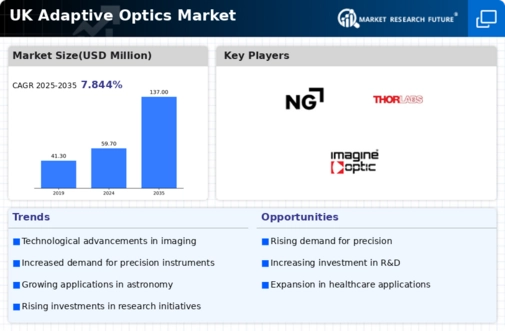
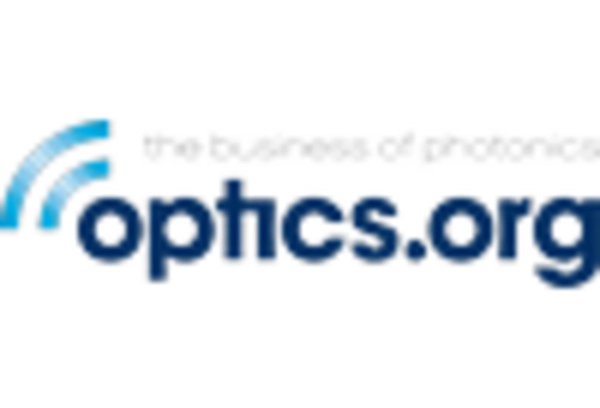


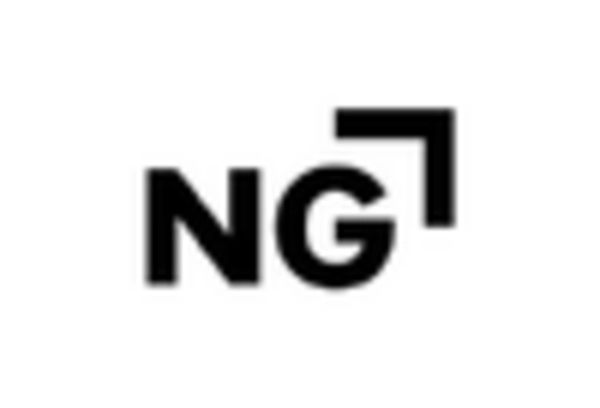
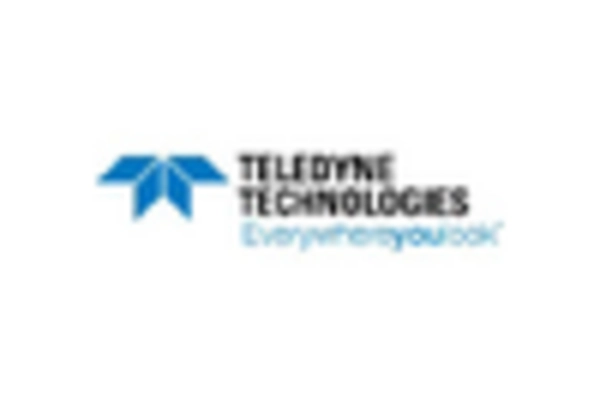
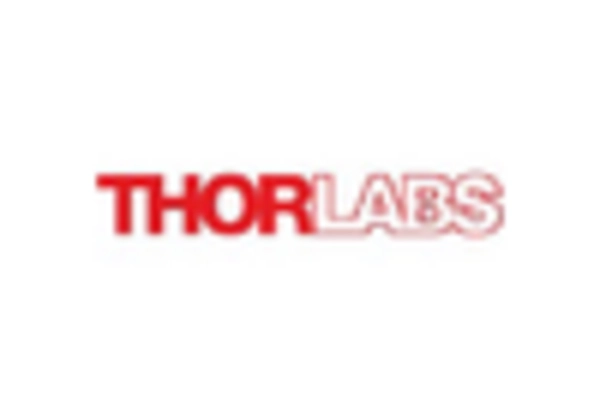








Leave a Comment